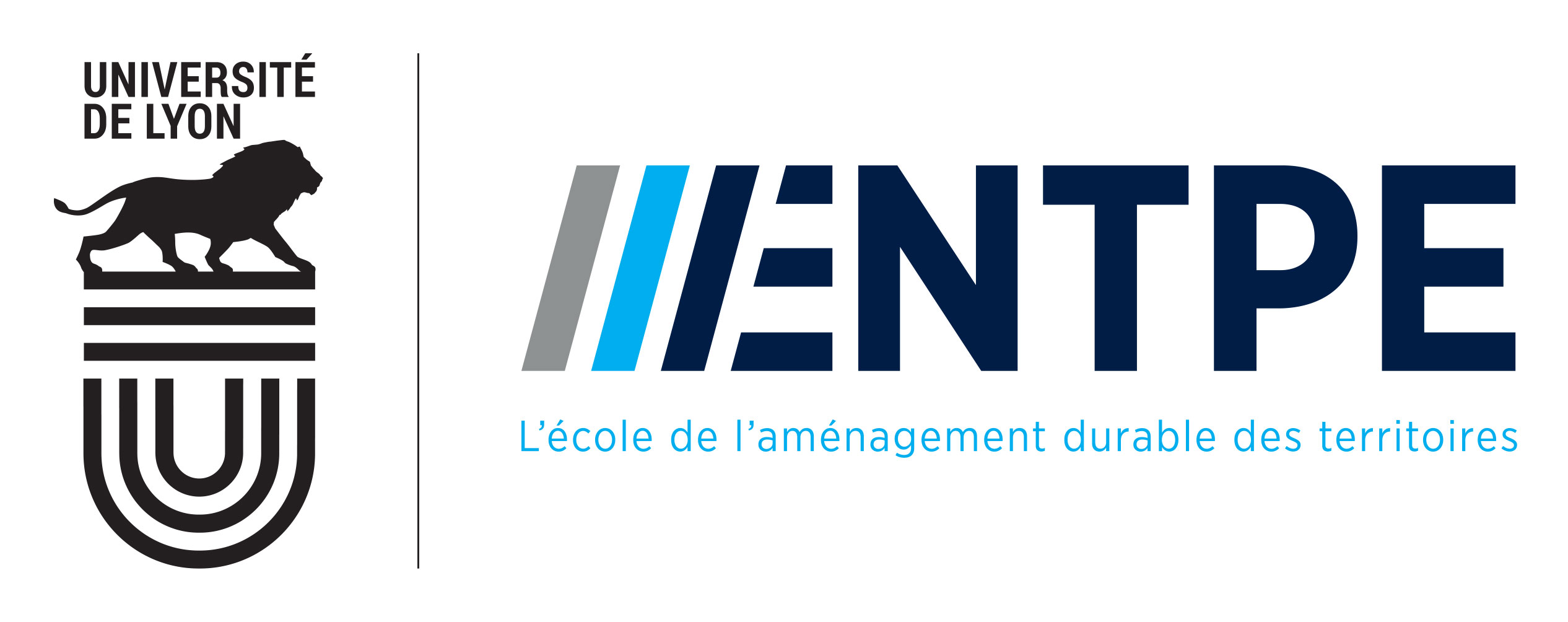The diversity of hybrid vehicle configurations and the multiplicity of sizing to meet given specifications make the development of tools to assist in optimization essential.
The optimization considered in the work of ECO7 mainly concerns two aspects:
- the global control of the vehicle allowing the management of energy between its sources,
- the dimensioning of the vehicle components.
The simulation tools developed for this purpose use a systemic vision of the vehicle and its traction chain. In their construction, these tools are based on principles used in certain physical and dynamic representations.
The first objective required the development of dynamic and direct simulation software for online energy management that can be implemented in real time. The associated models and calculation assumptions allow a fairly detailed energy assessment of the hybrid vehicle and the associated management law. Part of the first objective also uses a quasi-static inverse model with simplified assumptions for the synthesis of the global command.
The second objective uses the inverse model in the optimal design assistance procedure and the direct model for the verification of dynamic performance related to the specifications.
To meet these objectives, the approach chosen for the construction of the VEHLIB software, the ECO7 hybrid vehicle simulation tool, was based on a block diagram description associated with principles from Bond Graph theory. The VEHLIB software is developed under the LGPL V3 license and is registered with the Program Protection Agency. Free version can be downloaded at : https://framagit.org/eco7/vehlib
The simulation platform was chosen for Matlab/Simulink, which allows the representation, models and resolution algorithms to be combined in the same tool. Given the test facilities available at ECO7, the ease of use of this environment for real-time applications also strongly motivated this choice (especially for “HIL” type applications, for example on the engine test bench).

Fig1 : Prius
Direct model representation of Toyota hybrid system in the VEHLIB software
The following figures show the representation of the vehicle under VEHLIB and the simulation and measurement results compared on the European NEDC standard cycle

Fig 2 : comparaison mesure/simulation sur cycle NEDC
The inverse models of the VEHLIB software
In order to be able to study and implement the overall control of hybrid vehicles as well as the component dimensioning assistance, we also use inverse models that allow us to trace the operating conditions of the components from the vehicle’s mission.
In this approach, the causality of the models is reversed so that, from the effects, the software goes back to the causes. The calculation is therefore carried out in the upward direction, i.e. from the wheels of the vehicle to the forces and flows of the components. The torque to the wheel is no longer the result of engine and brake controls, but is imposed by calculating acceleration from speed.
In particular, this model is used to optimize energy management laws with the objective of minimizing a criterion such as fuel consumption (equivalent in a first approximation to a minimization of CO2 emissions).
Illustration of results of the inverse model
Inverse models are also used in optimal and multi-criteria vehicle and component sizing processes. For example, for a hybrid EVT architecture, we obtain the vehicle’s consumption over a given cycle as a function of the number of batteries.

Fig 3 : Pareto Front


